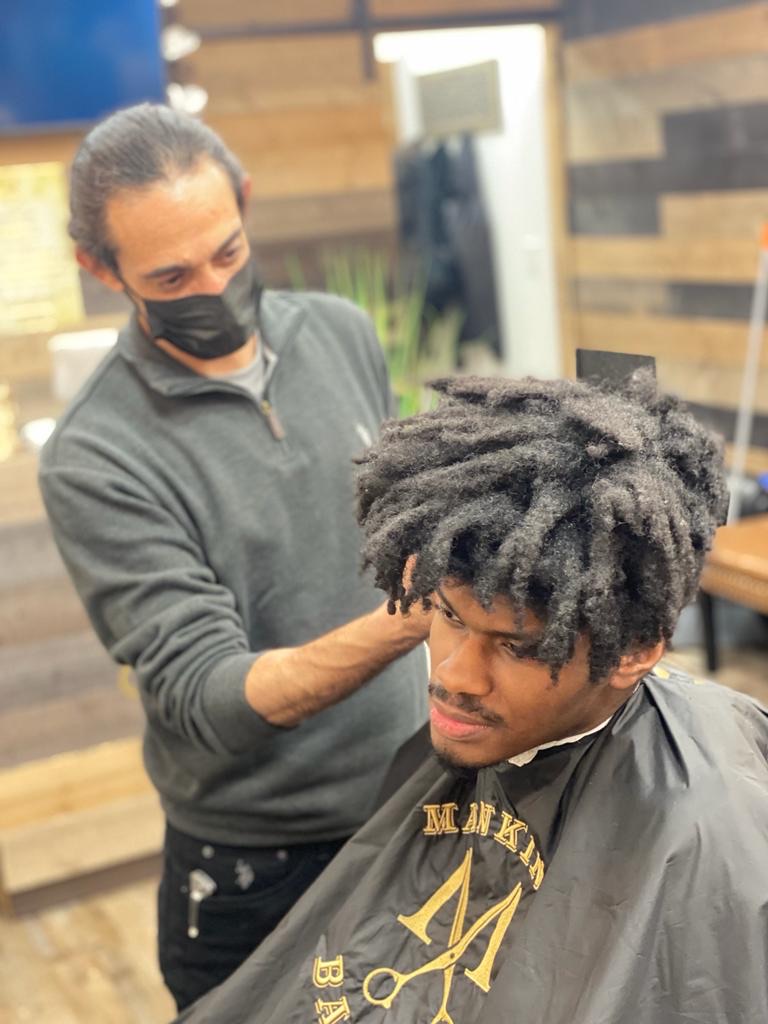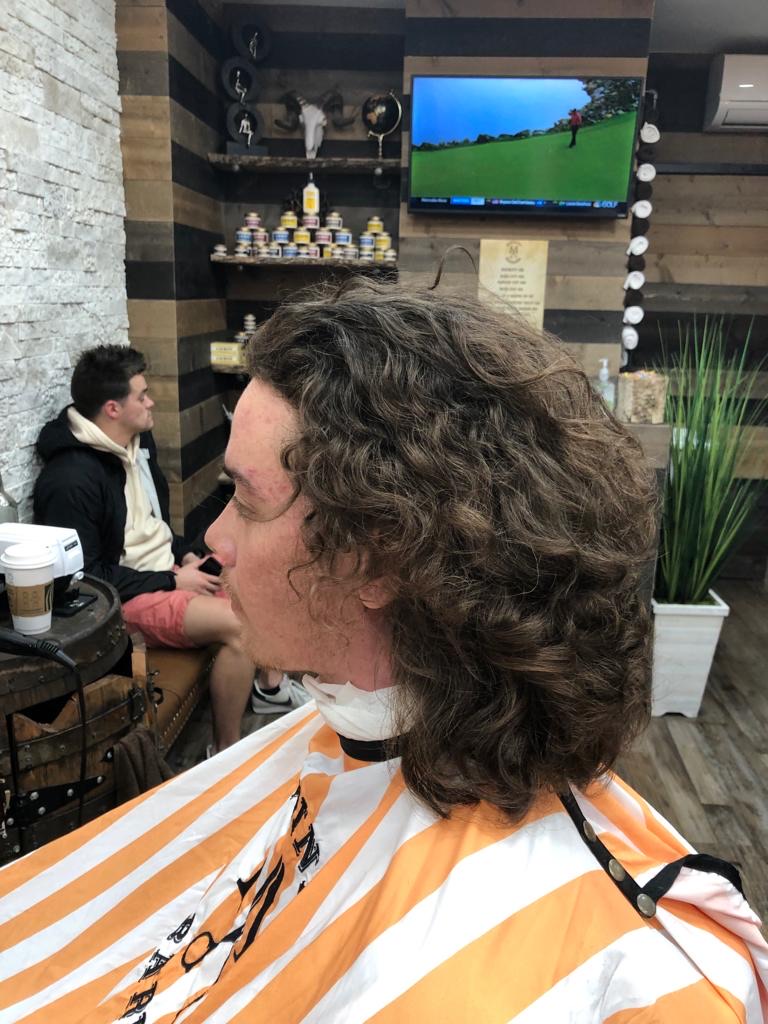Frequently Asked Questions
4C hair is characterized by its tightly coiled, zigzag pattern, which often results in a dense and voluminous texture that can appear coarse or wiry. This hair type typically has a lower moisture retention capacity, making it prone to dryness and shrinkage, often shrinking up to 75% of its actual length. To style 4C hair effectively, individuals often utilize techniques such as the LOC method (liquid, oil, cream) to lock in moisture, and protective styles like braids, twists, or updos to minimize manipulation and breakage. Additionally, the use of styling products rich in shea butter, coconut oil, or aloe vera can enhance curl definition and provide necessary hydration. Tools like wide-tooth combs and finger detangling are recommended to prevent damage, while heatless styling methods, such as bantu knots or flexi-rods, can create beautiful curls without compromising the hair's integrity. Regular deep conditioning treatments and scalp massages can also promote healthy growth and maintain the overall health of 4C hair.
Barbers can effectively manage and cut curly hair by employing specialized techniques that prioritize the unique structure and texture of curls. Utilizing a dry cutting method allows for a more accurate assessment of the curl pattern, enabling the barber to create shape and volume without causing unnecessary frizz or damage. Incorporating tools such as shears designed for textured hair, along with a wide-tooth comb, helps in detangling without breaking the hair shaft. Additionally, barbers should consider the use of hydrating products, like leave-in conditioners or curl creams, to enhance moisture retention and reduce brittleness during the cutting process. Understanding the importance of curl shrinkage and the natural bounce of curly hair is crucial, as it allows barbers to cut with precision, ensuring that the final style maintains its integrity and vibrancy. By focusing on these techniques, barbers can provide clients with a flattering and manageable curly hairstyle that showcases the hair's natural beauty while minimizing damage.
When it comes to achieving a seamless fade on straight versus wavy hair types, different techniques yield optimal results tailored to the unique characteristics of each texture. For straight hair, precision cutting techniques such as clipper-over-comb or scissor-over-comb are often employed to create sharp, clean lines that enhance the fade's definition. The use of blending shears can also help in softening the transition between lengths, ensuring a smooth gradient. In contrast, wavy hair requires a more nuanced approach; techniques like point cutting and texturizing are essential to maintain the natural wave pattern while achieving a blended fade. Additionally, utilizing a razor can help to remove bulk and create a more organic, lived-in look that complements the hair's natural movement. Both hair types benefit from the use of fade guards and varying clipper blade lengths to achieve the desired tapering effect, but the key lies in understanding how to manipulate the hair's natural texture to enhance the overall aesthetic of the fade.
Porosity plays a crucial role in determining the appropriate hair care products for various hair types, as it directly influences moisture retention, absorption, and overall hair health. High porosity hair, often characterized by an open cuticle structure, tends to absorb moisture quickly but also loses it just as fast, making it essential to use products rich in humectants, such as glycerin and aloe vera, alongside heavier oils like castor or avocado oil to seal in hydration. Conversely, low porosity hair, which features tightly packed cuticles, can struggle with product absorption, necessitating the use of lightweight formulations, such as water-based leave-in conditioners and light oils like argan or jojoba oil, to avoid buildup and maintain a balanced moisture level. Medium porosity hair, sitting comfortably between the two extremes, benefits from a versatile approach, utilizing a mix of both hydrating and sealing products to enhance its natural elasticity and shine. Understanding these porosity levels allows for a tailored hair care regimen that addresses specific needs, promoting optimal health, manageability, and vibrancy across diverse hair textures, from straight to coily.
Maintaining optimal scalp health is essential for individuals across various hair types, and several best practices can be employed to achieve this goal. Regular cleansing with a sulfate-free shampoo helps to remove excess sebum, product buildup, and environmental pollutants, promoting a balanced scalp microbiome. For those with dry or curly hair, incorporating moisturizing conditioners and leave-in treatments enriched with natural oils, such as argan or jojoba, can enhance hydration and prevent flakiness. Exfoliating the scalp with gentle scrubs or chemical exfoliants containing salicylic acid can effectively eliminate dead skin cells and prevent dandruff, while regular scalp massages stimulate blood circulation, encouraging hair growth. Additionally, protecting the scalp from UV damage by wearing hats or using UV-protectant sprays is crucial, especially for individuals with fine or color-treated hair. Lastly, maintaining a balanced diet rich in vitamins and minerals, particularly biotin, zinc, and omega-3 fatty acids, supports overall scalp health and hair vitality, ensuring that all hair types can thrive.

